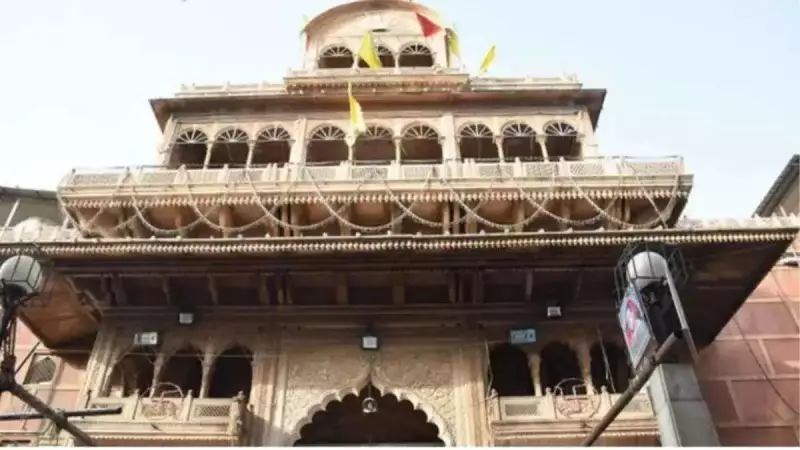
In a revelation that has stunned devotees and authorities alike, Vrindavan's revered Banke Bihari Temple has uncovered a staggering financial secret. Contrary to popular belief about hidden physical treasures, the temple's actual wealth amounts to approximately ₹1,200 crore, all securely deposited across various bank accounts.
The Financial Revelation
The temple administration recently disclosed that their massive wealth isn't stored in gold bars or precious jewels within temple vaults, but rather exists as financial assets in multiple banking institutions. This disclosure came during an internal audit and review of the temple's financial standing.
Breaking Down the Temple's Fortune
The accumulated wealth primarily consists of:
- Cash deposits in scheduled banks
- Fixed deposits and term investments
- Donations from devotees worldwide
- Revenue from temple services and offerings
Modern Temple Management
This financial transparency marks a significant shift from traditional temple management practices. The administration has adopted contemporary financial practices, ensuring the security and proper management of devotee contributions through regulated banking channels rather than physical storage.
Ensuring Financial Security
By maintaining the temple's wealth in banking institutions, the administration has effectively:
- Eliminated risks associated with physical storage of valuables
- Ensured proper accounting and transparency
- Generated legitimate returns through interest and investments
- Maintained complete financial records for regulatory compliance
Public Reaction and Significance
The disclosure has generated mixed reactions among devotees and local residents. While some appreciate the modern approach to financial management, others expressed surprise at the substantial amount accumulated through years of devotion and offerings.
This revelation sets a new precedent for temple administration across India, demonstrating how religious institutions can balance traditional values with modern financial practices to ensure the security and growth of devotee contributions.





